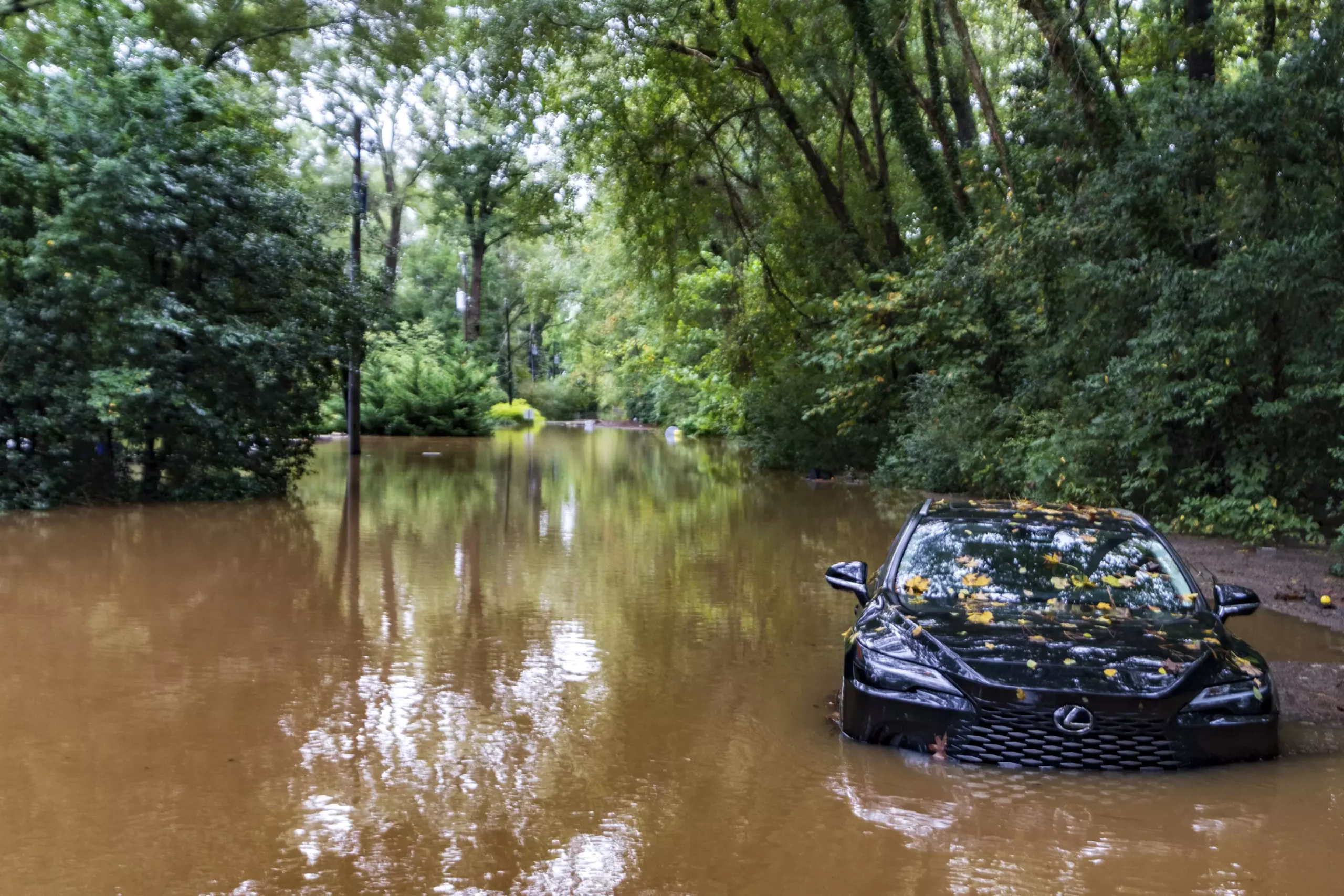The increasing popularity of electric vehicles (EVs) has sparked a necessary dialogue about their safety, especially when faced with environmental challenges such as hurricanes or severe flooding. As climate change intensifies weather patterns, understanding how electric vehicles react in such conditions becomes paramount. This analysis aims to dissect the various risks associated with EVs during extreme weather and highlight how owners can effectively prepare for potential hazards.
Natural disasters present unique challenges for EV owners. Following instances of electric vehicles catching fire in the aftermath of hurricanes, particularly after saltwater exposure, authorities are advising owners—especially those in vulnerable regions—to take precautions. For instance, during Hurricane Helene, Florida Governor Ron DeSantis urged residents to move their electric vehicles to higher ground to mitigate risks associated with flooding. Such measures underscore the importance of proactive planning; however, they also expose a critical gap in public awareness regarding the implications of owning an electric vehicle in storm-prone areas.
The risk of fire due to saltwater exposure is not merely anecdotal; it stems from the chemical and electrical properties of lithium-ion batteries. Flooded battery compartments may create short-circuiting conditions that lead to thermal runaway—a dangerous state where the battery overheats and potentially ignites. While such events are relatively rare, the frequency of reported incidents has prompted significant concern among regulatory agencies and automotive manufacturers alike.
At the heart of the problem lies an understanding of how saltwater interacts with the components of electric vehicles. Saltwater is a well-known conductor of electricity, meaning it can bridge electrical contacts and lead to unintended consequences. Vehicles that become submerged can see their moisture seals overwhelmed, allowing saltwater to access sensitive electronic systems and battery cells. Each vehicle model may vary in design; manufacturers typically incorporate barriers to moisture, yet once these seals fail due to prolonged flooding, the risk significantly increases.
While freshwater flooding seems to pose less of a threat—evidenced by similar incidents in California this year—the unique conductivity of saltwater creates specific risks for EVs in coastal areas. Reports suggest that the majority of EV fires associated with flooding arise not immediately but sometimes days or weeks after the floodwaters recede, as residual salt deposits can continue to pose a hazard.
Historical events, such as Hurricane Ian and Hurricane Idalia, serve as critical case studies highlighting the potential dangers. After Hurricane Ian in 2022, around 5,000 electric vehicles were exposed to compromised batteries, with 36 of them catching fire. Although Hurricane Idalia was less severe, incidents in its wake illustrated the ongoing risks. Interestingly, researchers noted that public awareness likely increased, prompting more vehicle owners to evacuate their cars from low-lying areas before the storm hit.
This reality suggests that preparation transcends mere vehicle handling; it encompasses a broader public education initiative about the potential risks tied to EV ownership in hurricane-prone regions. Many residents might still harbor misconceptions about the resilience of electric vehicles, leading to inadequate precautions before extreme weather events.
For EV owners, the question then becomes: how can one effectively safeguard their vehicles against these risks? First, ensuring that the vehicles are charged in advance of storms can provide flexibility in mobility. Keeping a close watch on local weather forecasts and understanding designated evacuation routes could further aid in timely preparedness.
When it comes to managing risks during a storm, it’s essential to heed the advice from manufacturers. Towing an EV at least 50 feet away from any structures after water exposure allows for thorough inspection, which is a critical step to ensure that undetected damages do not lead to combustion. Engaging with local authorities and emergency services post-storm to understand their protocols regarding debris handling and vehicle safety can enhance emergency response situations.
As fires linked to flooded EVs capture regulatory attention, agencies like the National Highway Traffic Safety Administration (NHTSA) are actively reassessing safety protocols for electric vehicle batteries. New safety requirements aimed at reducing these risks may soon emerge, building a framework to prevent future incidents related to flooding and saltwater exposure.
While electric vehicles represent a significant advancement in sustainable transportation, their safety during extreme weather events requires enhanced public education and proactive measures from both owners and manufacturers. As natural disasters become more frequent, ensuring that owners understand the risks and appropriate responses is a crucial step forward in the evolution of electric vehicle technology and its role in modern society.


Leave a Reply
You must be logged in to post a comment.